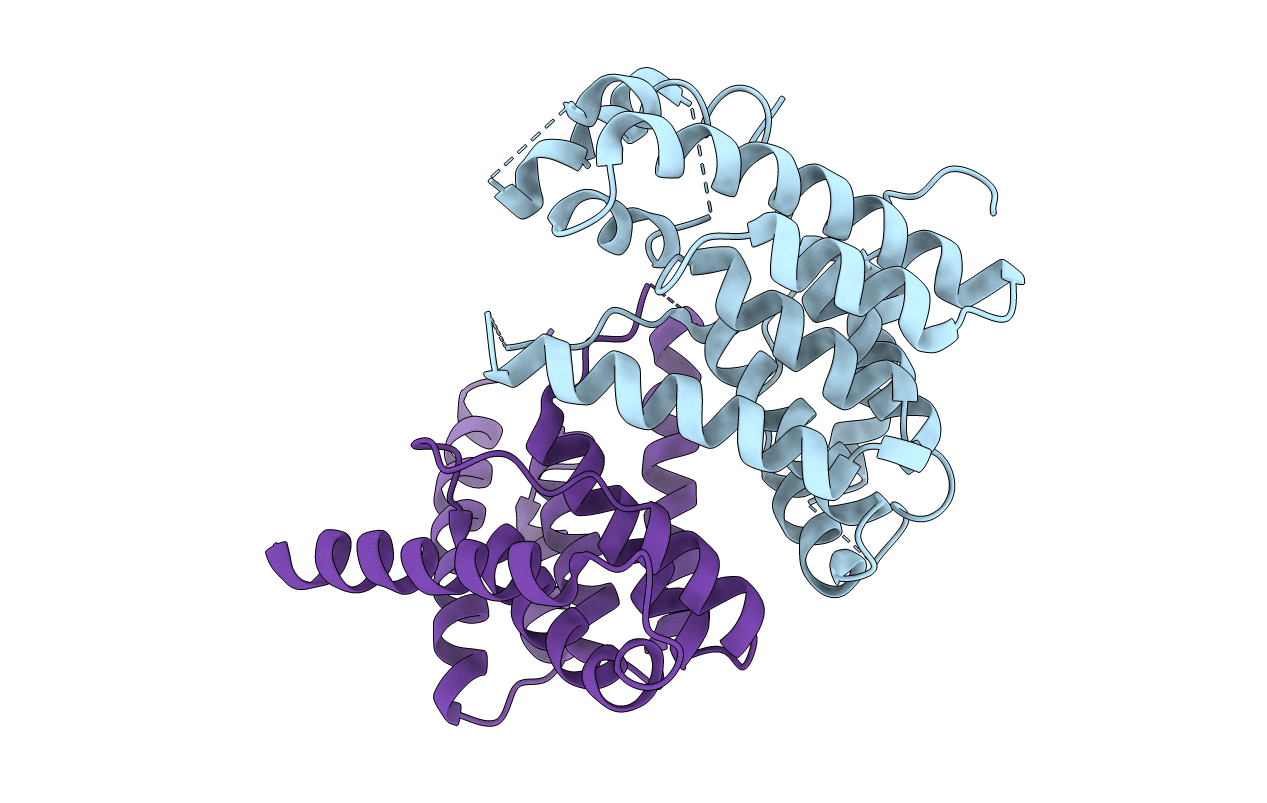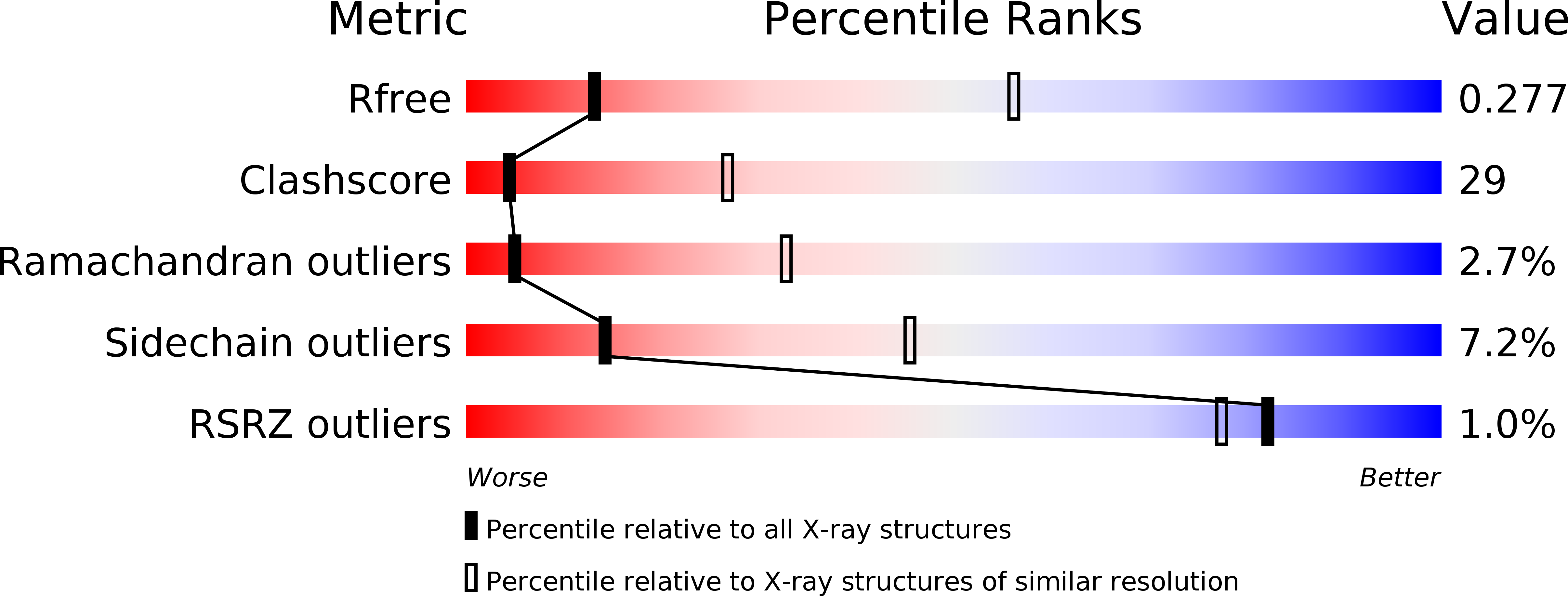
Deposition Date
2016-08-01
Release Date
2016-11-23
Last Version Date
2024-03-20
Entry Detail
PDB ID:
5GPD
Keywords:
Title:
Crystal structure of the binding domain of SREBP from fission yeast
Biological Source:
Source Organism:
Host Organism:
Method Details:
Experimental Method:
Resolution:
3.50 Å
R-Value Free:
0.27
R-Value Work:
0.26
R-Value Observed:
0.26
Space Group:
P 31 2 1


